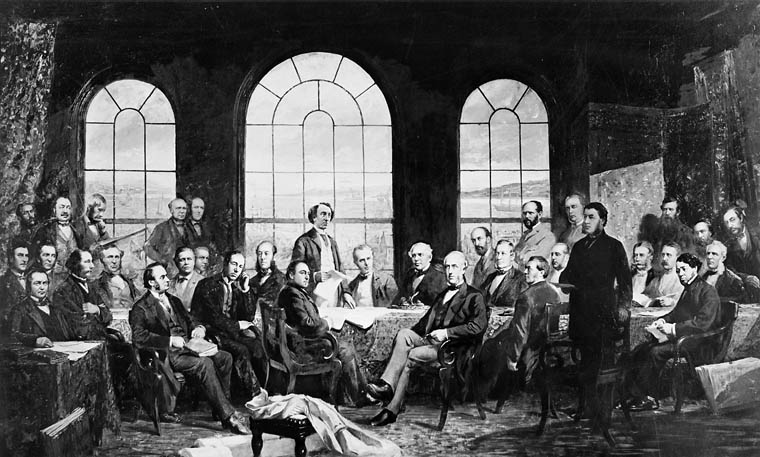Article
Dinosaur Eggs
Members of the Central Asiatic Expedition, led by the American Museum of Natural History, first recognized dinosaur eggs in Mongolia in the 1920s. Since then, paleontologists have discovered fossilized remains of dinosaur eggs at over 200 locations worldwide. These locations include sites in Africa, China, Europe, India, Korea, and the Americas. The first dinosaur eggs from North America were discovered in Montana in the late 1970s. In Canada, dinosaur eggshell fragments were initially found in the early 1980s. Complete dinosaur eggs were discovered in 1987 at a site in southern Alberta known as Devil’s Coulee.












